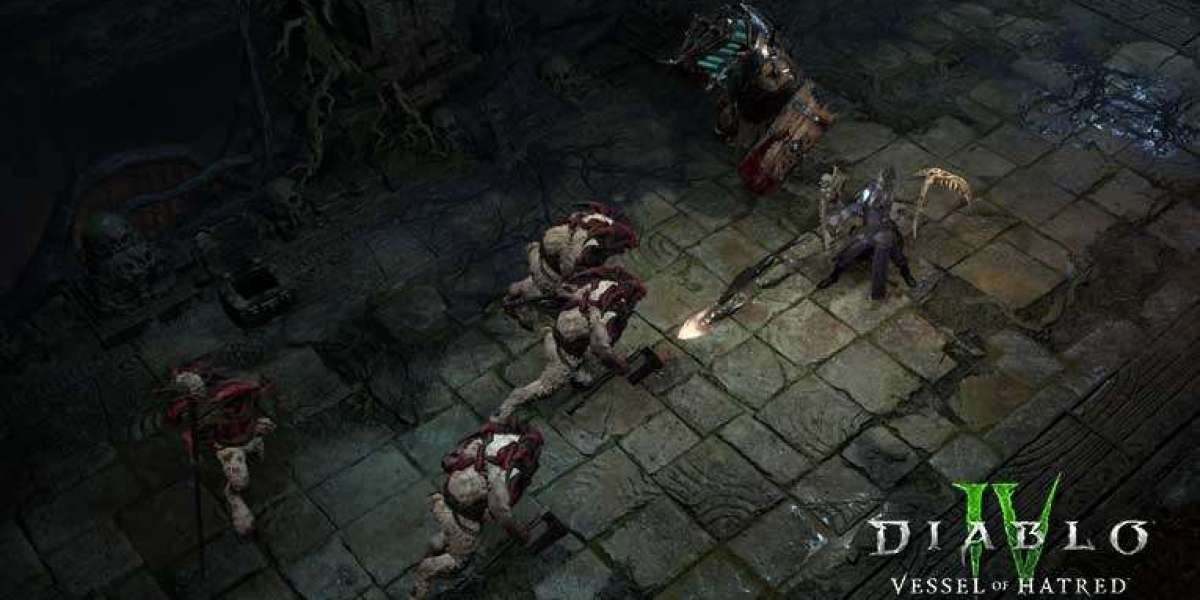Installing a residential solar system in Brisbane involves careful planning and consideration of technical factors to optimize performance and durability. This blog explores the key technical aspects of solar panel installation specific to Brisbane's climate and environment.
Site Assessment and Solar Potential
Before installing solar panels, conducting a thorough site assessment is essential to maximize energy production:
Roof Orientation and Tilt: Brisbane homes typically benefit from north-facing roofs to capture maximum sunlight throughout the day. Adjusting tilt angles based on latitude ensures optimal energy generation.
Shading Analysis: Assess potential shading from nearby trees, buildings, or structures to minimize impact on solar panel efficiency. Utilizing shade analysis tools helps in planning panel placement for maximum sunlight exposure.
Climate Considerations: Brisbane's diverse climate—from tropical in the north to subtropical in the south—affects solar system performance. Understanding local weather patterns, including rainfall, humidity, and cyclone risks, informs system design and durability requirements.
System Design and Components
Designing an efficient solar system in Brisbane involves selecting appropriate components:
Solar Panels: High-efficiency monocrystalline or polycrystalline panels are suitable for Brisbane's sunny conditions. Consider panel durability, warranty, and efficiency ratings when choosing.
Inverters: Select inverters (string inverters, microinverters, or power optimizers) based on system size, shading conditions, and budget. Inverters should withstand Brisbane's heat and humidity while ensuring efficient energy conversion.
Mounting Systems: Robust mounting systems secure panels to the roof while withstanding strong winds and potential cyclonic conditions. Adjustable mounts optimize panel tilt for enhanced energy capture.
Installation Practices and Regulations
Adhering to installation best practices and regulations ensures safety, compliance, and system longevity:
Certified Installers: Hire Clean Energy Council (CEC) accredited solar installers experienced in Brisbane's climate and regulatory requirements.
Electrical Safety: Installations must comply with Australian standards for electrical safety, including proper wiring, grounding, and isolation procedures.
Grid Connection: Coordinate with local electricity distributors to connect the solar system to the grid and install a bi-directional meter for accurate energy monitoring and tariff arrangements.
Maintenance Tips for Brisbane Homeowners
Maintaining a residential solar system in Brisbane ensures optimal performance and longevity:
Regular Cleaning: Clean panels periodically to remove dust, dirt, and debris that can reduce efficiency. Use gentle cleaning solutions and avoid abrasive materials.
Monitoring Performance: Utilize monitoring software to track energy production and detect any issues early, such as reduced output due to shading or equipment malfunctions.
Professional Inspections: Schedule annual inspections by accredited technicians to check system components, inverters, and wiring for signs of wear or damage.
Conclusion
Installing a residential solar system in Brisbane offers homeowners a sustainable and cost-effective solution to reduce electricity bills and environmental impact. By considering site-specific factors, selecting quality components, and adhering to safety standards, Brisbane residents can harness the state's abundant sunshine to power their homes efficiently. In the next blogs of this series, we will explore financing options, incentives available for Brisbane homeowners, and the future prospects of residential solar systems in the state.







